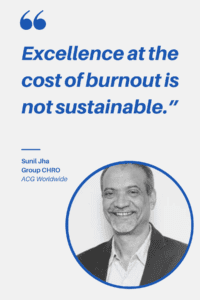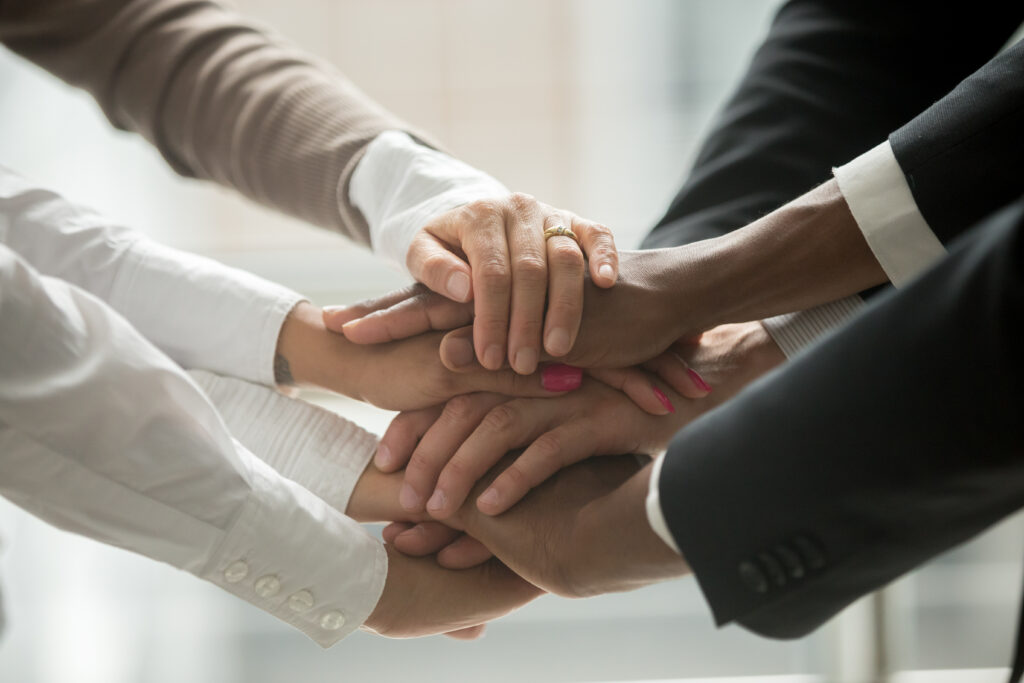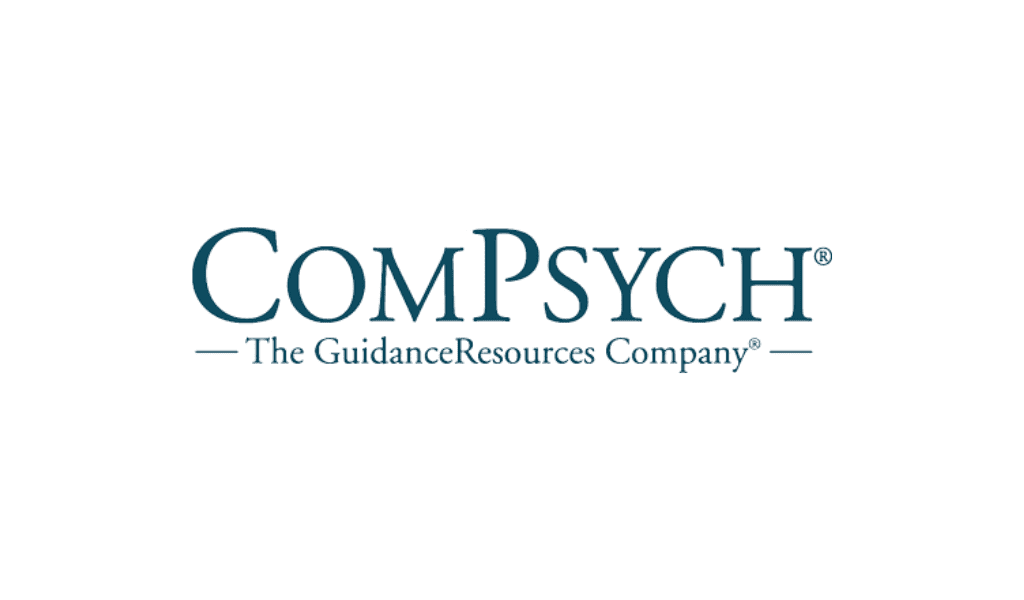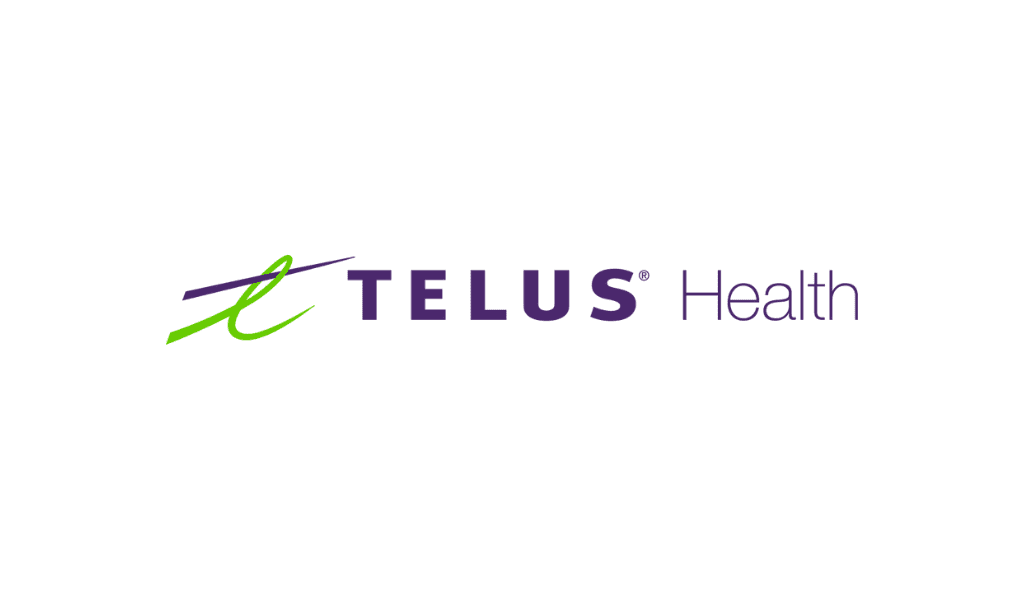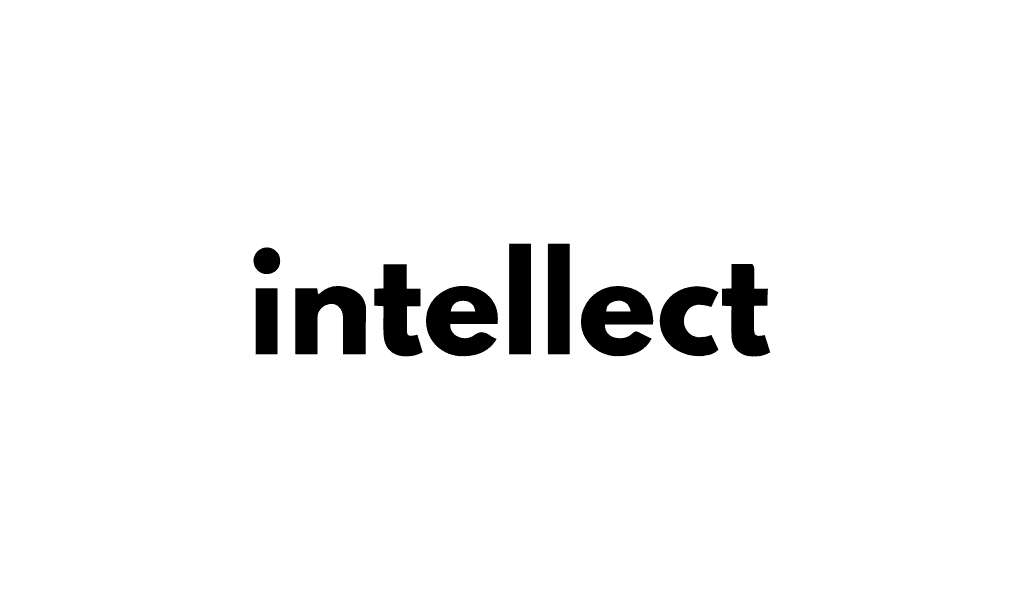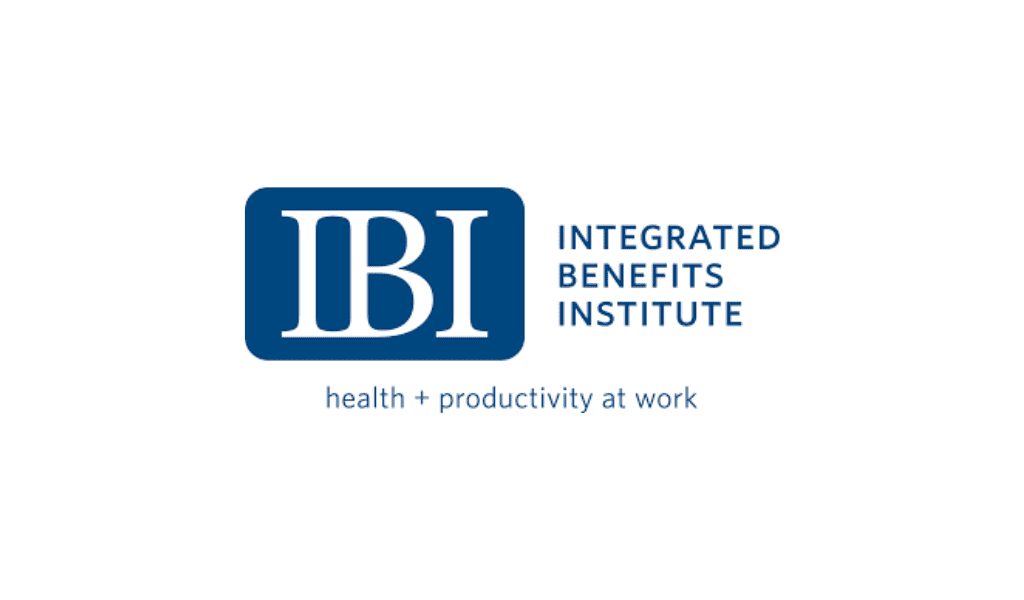HR leaders share best practices for combating the increasing stress levels of today’s workers.
By Simon Kent
After the last year and a half, employee burnout is very real. A Microsoft survey of Asian workers revealed that 29% of respondents cited that the pandemic had increased their sense of burnout at work last year. The survey also detected regional differences: Workers in Singapore were experiencing higher rates of burnout compared to those in Australia, India, and Japan.
Top stressor shared globally was worry about contracting COVID-19, followed by a lack of separation between work and life, feeling disconnected from co-workers, and unmanageable workload or hours. In Asia, the study found that more 34% of workers have not been provided with the technology or protective equipment needed to effectively socially distance, resulting in increased stress levels. This was higher in Asia on average by four percentage points.
“The workforce in Asia is at the brink of digital exhaustion and burnout,” says Rosalind Quek, general manager of modern work for Microsoft Asia, “but this can be turned around if leaders relook at the overall employee experience. Empathy will have to become core, with leaders engaging more authentically and taking time to understand and empower their workforce to navigate through their unique experiences.”
As the pandemic evolved, HR leaders throughout Asia have acknowledged and addressed burnout among its workforces. “Burnout is not a failure, but an aspect of life that needs attention,” explains Ruchika Pal, group head of HR at Apollo Tyres and based in Singapore. “From a work culture point of view, it is important to acknowledge it and at the same time, self-reflect and ask for help if needed. There is no reason to treat this as a failure or to attach any stigma to it.”
Due to the specific reasons behind this mental health issue, Apollo Tyres established an additional COVID helpline service to give employees the dedicated advice they required. This operated alongside the usual resources provided by its employee assistance programme (EAP).
At the same time, the company sought to help those whose job it was to help the workforce. “There has been a massive strain on HR itself,” says Pal. “In response, we supported our HR team members by helping them undergo a two-day ‘Mental First Aid Course.’ This included a deeper understanding of mental health and the factors that can affect people’s well-being, including your own.” With practical skills to spot triggers and signs of concern, the business was able to give the HR team the confidence they needed to step in, reassure, and support employees in distress.
ACG Worldwide is keeping a close eye on employees’ workloads, if they are unmanageable, and the other stressors prevalent in today’s working life. “We also aim to review and ensure that communication from managers is clear, managers provide adequate support to their teams, and associates are not subjected to unreasonable time pressures,” explains Sunil Jha, group CHRO at the Mumbai, India based pharmaceutical company. “Initially during the pandemic, we observed that associates faced difficulty with respect to maintaining a work-life balance, with work spilling over regular working hours. However, we took steps to counter this issue and things are much more stable now.”
Jha reports the company has a structured mental well-being vertical strategy, comprising counselling, therapy, awareness drives, experiential workshops, and seminars on mental and social well-being. These are available via the company’s well-being app. “We saw increasing mental health concerns during the pandemic, hence institutionalising a well-being framework was key in supporting associates,” Jha notes. “Additionally, we encourage physical well-being through engagement initiatives, financial well-being, which is ingrained into our policies, and also have a COVID-19 response program in place to help associates cope better with the changes brought in due to the pandemic.”
Enabling in-house resources to meet the challenge has also been on the agenda with 18 associates from the HR function now being trained under a ‘Psychological First Responder’ course. These individuals have been trained to deal with emotional issues that an associate may be facing with a balance of skills, empathy, and appropriate communication.
“Most people do consider fatigue and burnouts as career derailers, or moments which can lead to failure or slowdowns,” says Jha. “Being proactive and catching any problems before they become bigger issues is vital. Ongoing dialogue and awareness building helps to change the internal dialogue on burnout, stress and wellbeing throughout an organisation.”
This approach also means mental and physical well-being and self-care in the organisation is normalised and part of working life. As Jha says: “Excellence at the cost of burnout is not sustainable and should therefore not be encouraged for the good of the individual, as well as the business as a whole.”
“Employee burnout during the pandemic has been an issue for all companies,” asserts Pal. “That being said, we are definitely more aware about the employee burnout and COVID fatigue that has set in recently. As an organisation, we are proactive in supporting our employees as best we can, physically and mentally. It’s important for us to respond to these problems and support employees at the earliest possible opportunity.”


